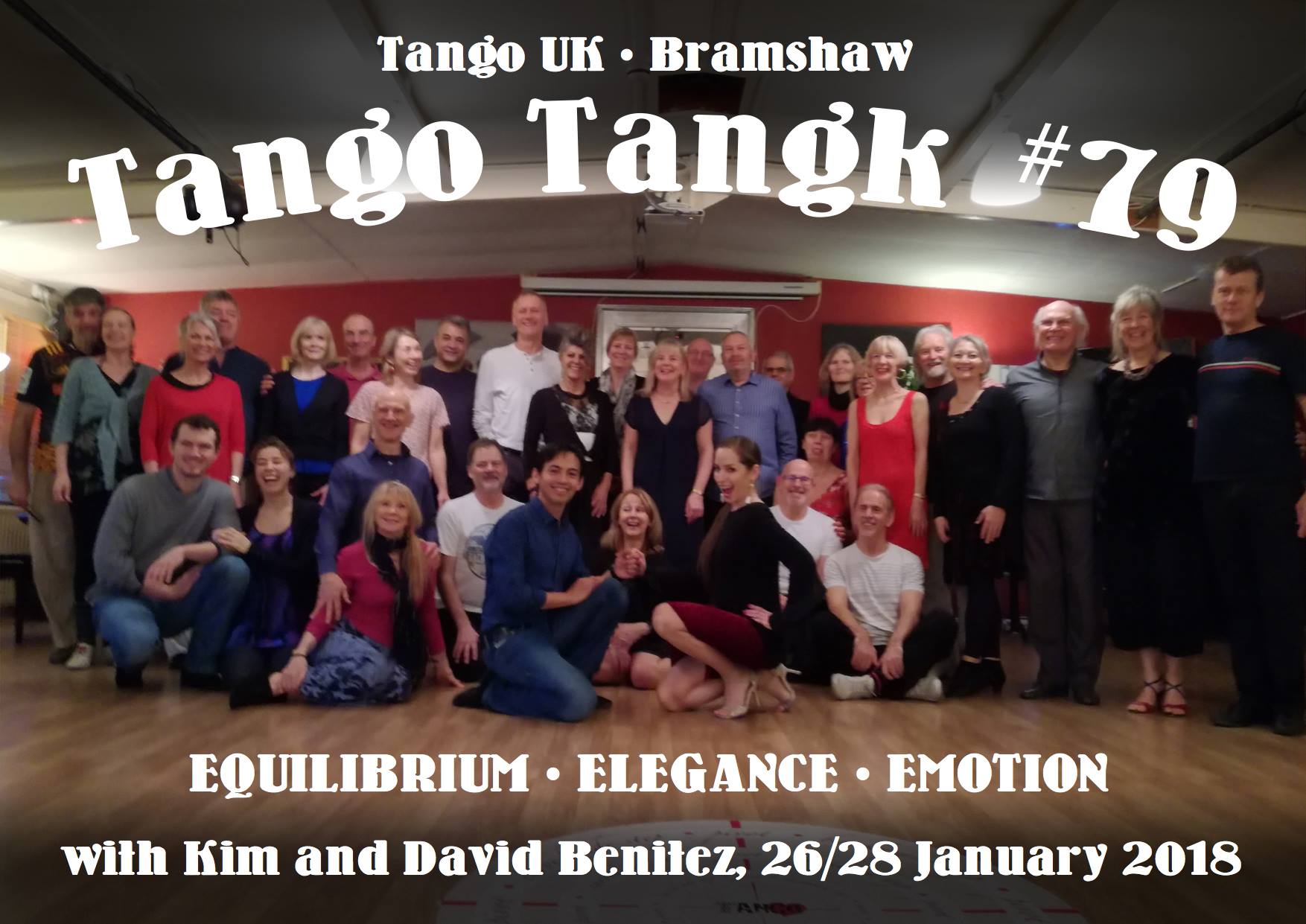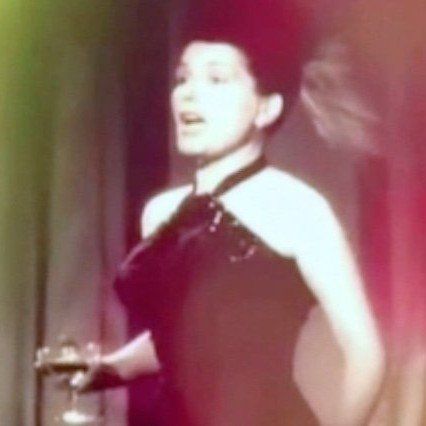Speaking with the eyes
- by Steve Morrall
- •
- 26 Sept, 2018
- •
The art of the cabeceo on and off the dance floor

Travelling in a foreign land with only a few words of the spoken language is a great opportunity for a tango dancer to practice using their eyes to communicate.
We have had a few days in Rome recently and have enjoyed the experience of eating and taking in the atmosphere of bustling restaurants. Taking a meal in a popular, busy restaurant where the waiters are highly experienced and take a pride in their work is a joy. It has been such a clear demonstration that in order for a ‘restaurant cabeceo’ to work well with the least effort, both parties must be using their eyes to communicate.
Most of the waiters and waitresses we have watched would also make great tango dancers. They are skilled at reading body language and context in situations. They are aware of their proprioception, carrying arms full of servings in tight spaces. They multi-task on the fly, catching your eye as they pass by and acknowledge your presence and intention to interact without breaking stride.
In situations like this we have to put ourselves out there and use our eyes to communicate. In a noisy room full of stuff going on, the speed of a cabeceo wins over most other forms of communication.
As I was catching the eye of a waiter, I realised how similar this communication was to the cabeceo in a dance space. It conveys appreciation. It says “I see you and appreciate you”. By choosing this form of communication you elevate the recipient because it communicates that you know they are aware. I am sure that a good restaurant cabeceo gets better service than the deprecating call for a “Waiter” or worse, as I heard earlier today “menu please...”
So if you want to improve your eye communication and your milonga cabeceo, take a weekend in Rome and eat and drink well. And please take me with you...
P.S.
Our last night in Rome, I sat by mistake with my back to the waiters’ movement through the restaurant. I was out of the game and missed a lot of opportunities to catch his eye. As in restaurants, as in tango (to corrupt the quoting style of Gustavo). Che, lo siento.
P.P.S.
The couple on the table alongside of us were not confident about language or the menu and their lack of confidence hindered their ‘cabeceo’. They found themselves waiting much longer for service. As in restaurants, as in tango (to corrupt the quoting style of Gustavo). Che, lo siento.

Tango Tangks were started in 2004 to provide dancers with a weekend of immersion in Argentine tango, hence the play on the word tank. The Tangk concept was based on the kind of teaching Debbie and Steve had experienced at international events in Europe and they wanted to make this standard of teaching accessible to the local community.
To generate enough participants to cover the cost of flights and fees of international teachers, they needed to assemble a larger group of dance students than the local community could muster. But as well as keeping the ticket price affordable, they wanted to keep the group small enough to facilitate intimate, effective learning. So they started with a hired hall, a couple of maestros and spread the word like crazy.
The concept worked as seventeen odd years and seventy-nine editions of the event later, the events are still selling out and going strong.
The original formula of the weekend had workshops on Friday, Saturday and Sunday, and milongas on each night. Over the last seventeen years, this has been refined to its current format.
The Tangk offers six hours of progressive workshops in four ninety minute sessions. The maestros start from a simple didactic idea, and then progress to more elaborate and complex movement, style and somatic technique suitable for musical, social dancing. After each session, there is a one hour practica to help get the new ideas from the head to the body. With milongas on Friday and Saturday night, there is the opportunity to immerse yourself in up to eighteen hours of dancing over the weekend.
As well as the dancing and training focus, Debbie and Steve are also aware that tango is, in essence, a community pastime. There is something about dancing in a circle and sharing food that satisfies an ancient, almost forgotten need in us. So they attend to making the space welcoming and homely, ensuring there is a time and place to sit and talk and eat as well as dance. The participants can sit together at lunchtime so they get to know each other ‘off’ the dance floor and share their experiences.
There are kitchen facilities for chilling and warming food. Participants bring their own lunches, and free hot and cold drinks are available all weekend.
All the maestros invited to a Tango Tangk are world class dancers and teachers. They are present and approachable in classes, in the milongas, in the practice sessions, and during refreshment and meal breaks. Teachers are chosen carefully as it takes a special kind of passion and stamina to maintain this presence from 8pm on Friday though to the event closing at 5.45pm on Sunday.
At the end of the weekend, the immersion in the Tango Tangk’s mixture of excellent teaching together with so much dancing and sharing the space with other enthusiastic and passionate dancers will take your dance to the next level.
To see the 2018 line up of visiting maestros, go to our events page.
Pictured at the top of the article: Visiting maestros Kim and David Benitez with the participants of the January 2018 Tango Tangk #79.
Steve Morrall, February 2018



